The Crooked Bush of Saskatchewan – An Intriguing Botanical Anomaly
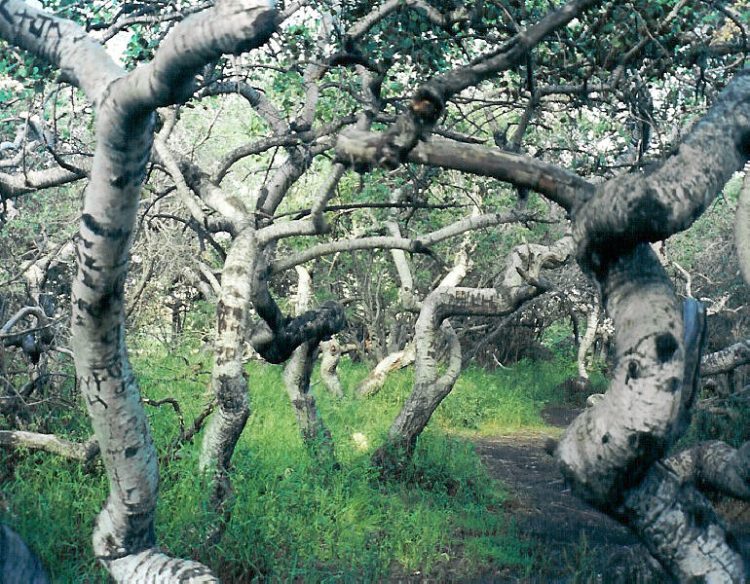
Saskatchewan’s Crooked Bush, a small grove of aspen trees that grew in a very unusual way, is a botanical oddity that has fascinated both tourists and scientists for years. Aspen trees don’t usually grow crooked. Like most other threes, they grow straight up, towards the sun, but not the specimens that make up the Crooked […]
Devious Parasite Grants Host the Gift of Eternal Youth, But For a Price
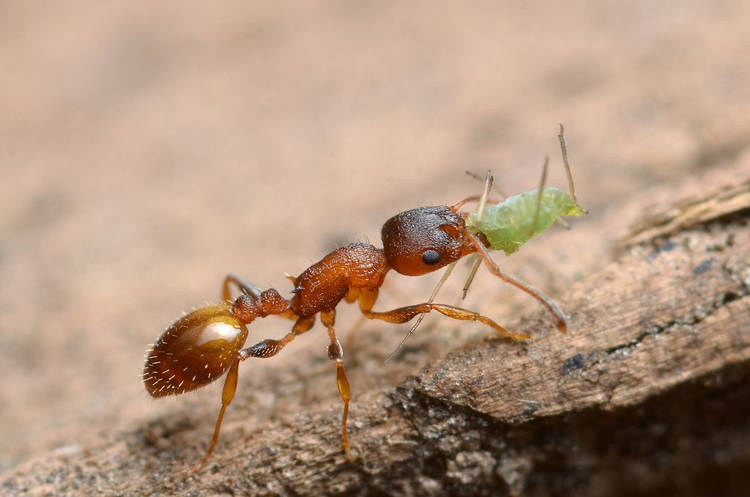
Scientists have discovered that Temnothorax ants infected by a certain tapeworm parasite can live at least three times longer than their uninfected peers while maintaining a youthful appearance and getting special treatment. A multi-year scientific study published in May of this year has revealed a phenomenon worthy of a science-fiction or fantasy blockbuster – a […]
The Surprising Love Story Between a Cow and a Leopard
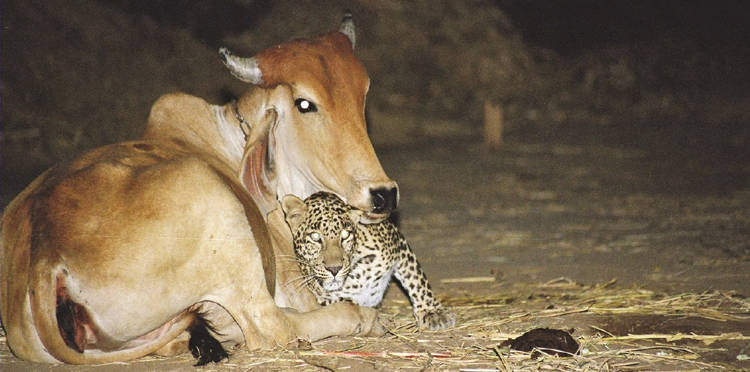
Viral photos of a leopard and a cow cuddling somewhere in rural India tell the unique love story between two very unlikely friends. Cows and leopards are usually not the best of friends, with the latter sometimes preying on bovines to survive. However, you wouldn’t even be tempted to think that looking at a set […]
Caterpillar Wears Its Molted Heads as a Bizarre Multi-Tiered Hat
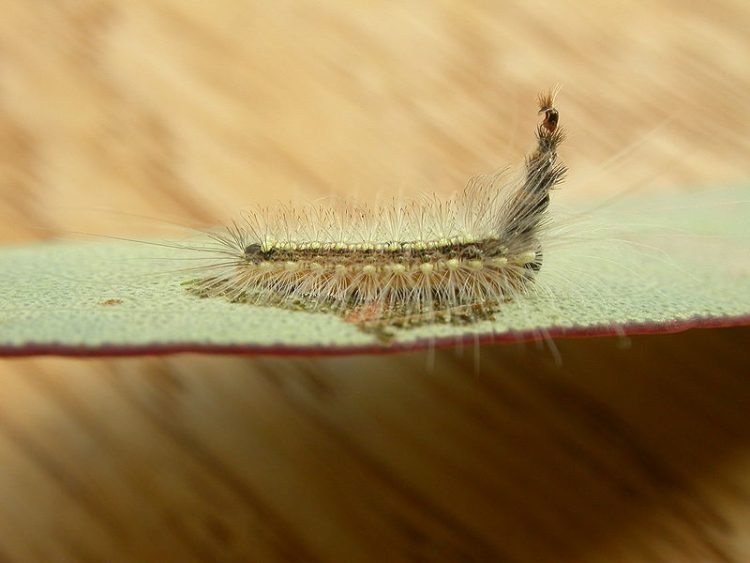
The caterpillar of the Uraba lugens moth is deserving of the nickname “Mad Hatterpillar”, as it stacks the heads of its molted exoskeletons into an intriguing headpiece. The Uraba lugens caterpillar molds up to 13 times while in its caterpillar phase, but it doesn’t shed all of its previous body parts. It uses some of the […]
Hagfish – Weird Slime-Spewing Monsters of the Ocean
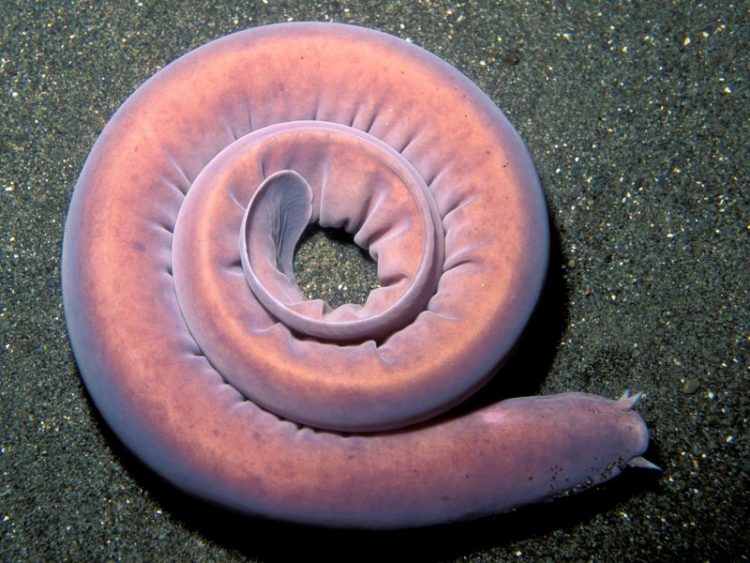
At first glance, the humble hagfish looks like just another species of ocean-dwelling eel, but they are something much weirder and at the same time fascinating. From the bizarre slime-like substance it produces as a defense mechanism, to the lack of a backbone, there’s a whole lot of weirdness to address. The hagfish is a […]
This Shrimp Punches So Hard It Can Chip And Even Crack Fish Tanks
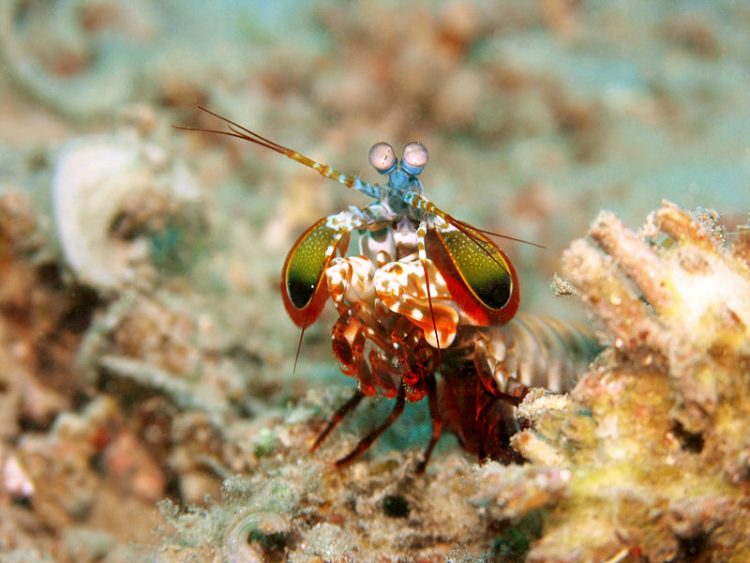
The peacock mantis shrimp (Odontodactylus scyllarus) is recognized as having the fastest punch in the entire animal kingdom, with an acceleration comparable to a .22mm bullet fired out of a handgun. One of several known mantis shrimp species, the O. Scyllarus is native to the seabed of the Indo-Pacific, from Guam to South Africa. It is […]
For Some Reason This Tree Species Leans Sideways When Planted Outside Its Natural Habitat

Araucaria columnaris, also known as the coral reef araucaria, Cook pine or New Caledonia pine, is a species of conifer native to New Caledonia that tends to tilt sideways when planted outside its natural habitat. First classified by Johann Reinhold Forster, a botanist accompanying Captain James Cook on his second voyage to circumnavigate the globe as far south […]
Wombats Produce Square-Shaped Droppings And Now We Know How

Despite having round anuses like all other mammals, bare-nosed wombats do not produce round pellets, tubular coils or messy piles; they are the only creature on Earth that poops cubes. Wombats, marsupials native to the grassy plains and eucalyptus forests of Australia, are among the most adorable animals in the world, but to animal experts […]
California Tree Is Still Smoldering After Last Summer’s Wildfires

Scientists and fire crews in California recently discovered a giant sequoia tree that is still smoldering and smoking, almost a year after the surrounding area was devastated by massive wildfires. The 2020 Castle Fire, which broke out in August of last year and scorched more than 150,000 acres of land, including at least 10 sequoia […]
This Caterpillar Mimics a Scary Skull to Keep Predators at Bay
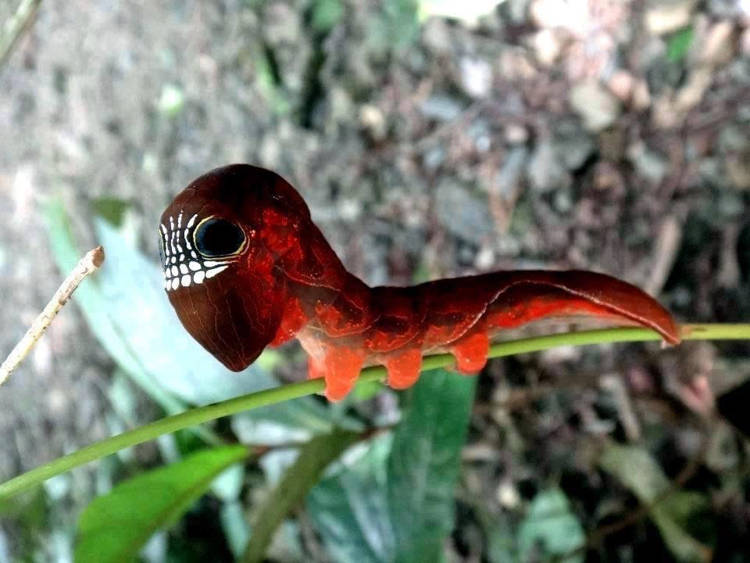
The caterpillar of the rare pink underwing moth has a very peculiar defense mechanism. When disturbed, it suddenly arches its back to reveal a pair of large, frightening eyes and what looks like a two rows of barred teeth. The pink underwing moth is a rare and enigmatic insect found from subtropical New South Wales […]
This Rare Bird Could Go Extinct Because It Has Forgotten Its Mating Song
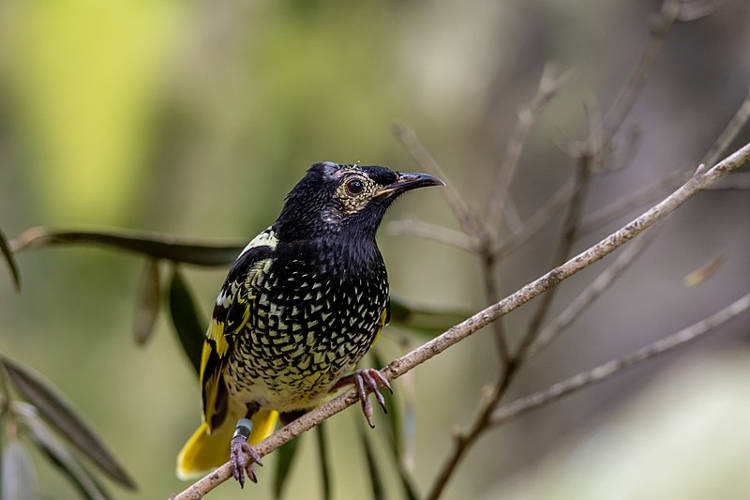
The regent honeyeater is already one of the world’s rarest birds, but experts are worried that it could soon go extinct, because they have forgotten how to sing. Flocks of hundreds of regent honeyeaters could once be spotted all over south-eastern Australia on a regular basis, but today the species is critically endangered, with only […]
Golden Tortoise Beetles – Nature’s Living Jewels
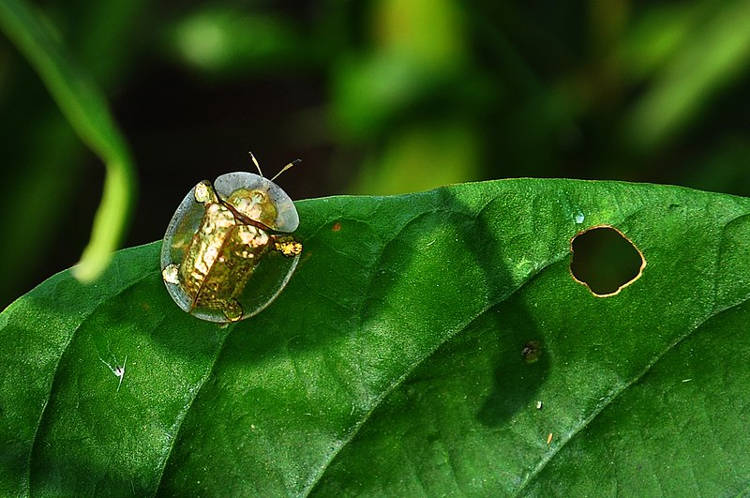
Ever seen a tortoise the size of a fly? How about a golden one that can actually fly? Well, today’s your lucky day, as you get to discover one of nature’s shiny treasures – the golden tortoise beetle. Before you open a fresh tab to search if these adorable critters are real or just the […]
Remarkable Slug Can Sever Its Own Head and Grow a New Body
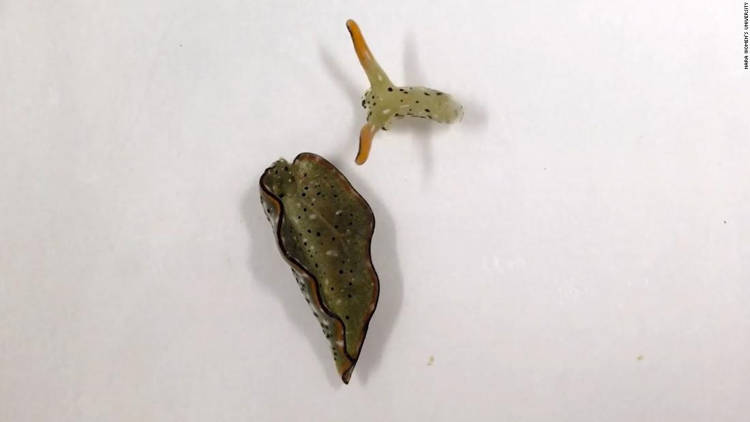
Japanese researchers recently the incredible ability of a sea slug to basically sever its own head and simply grow a new body, complete with fresh vital organs. Autotomy, the behavior whereby an animal sheds or discards one or more of its own appendages, usually as self-defense mechanism, only to grow them back later, is well […]
This Cuddly Rodent Coats Itself in Lethal Poison to Keep Predators at Bay
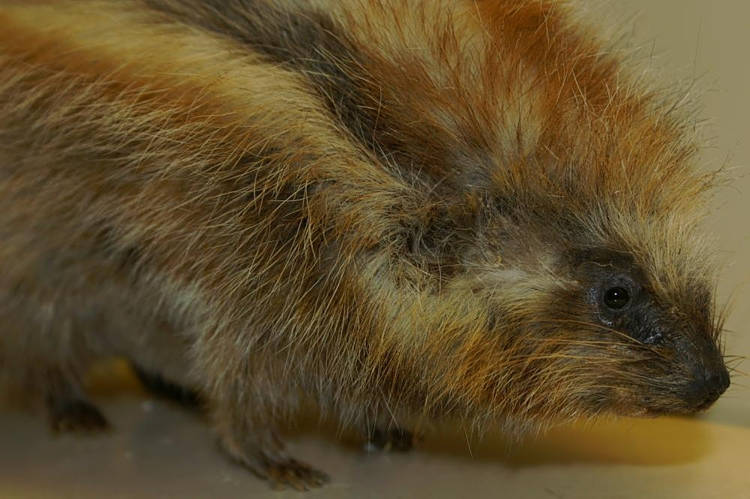
The African crested rat, an elusive rodent that lives in forested areas of Eastern Africa, has a very strange yet intriguing defense mechanism against would-be predators – it licks deadly toxins onto its own fur. People inhabiting the highland forests and woodlands of countries like Somalia, Sudan or Ethiopia have long known to stay clear […]
Orchid Bees – The Living Jewels and Expert Perfumiers of the Insect World
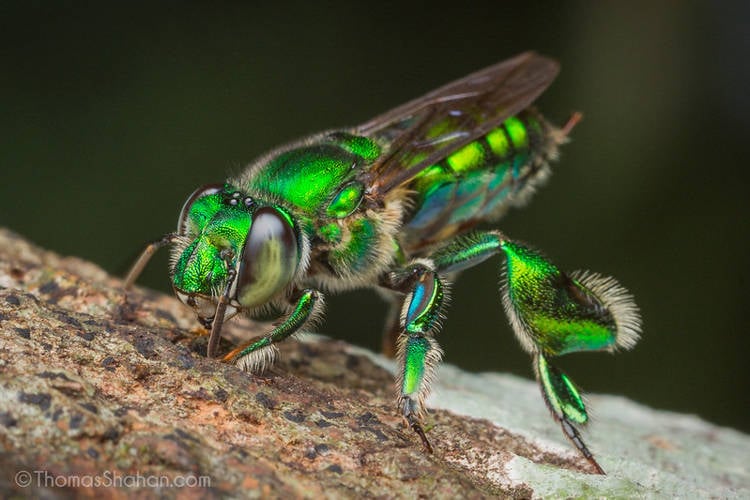
The Euglossines, aka Orchid Bees are often described as the world’s most flamboyant bee tribe, and looking at their brilliant metallic coloration, it’s easy to see why. Orchid bees are probably the closest thing to real living jewel. Sporting bright metallic colors – with green, blue and gold being the most common – and very […]
